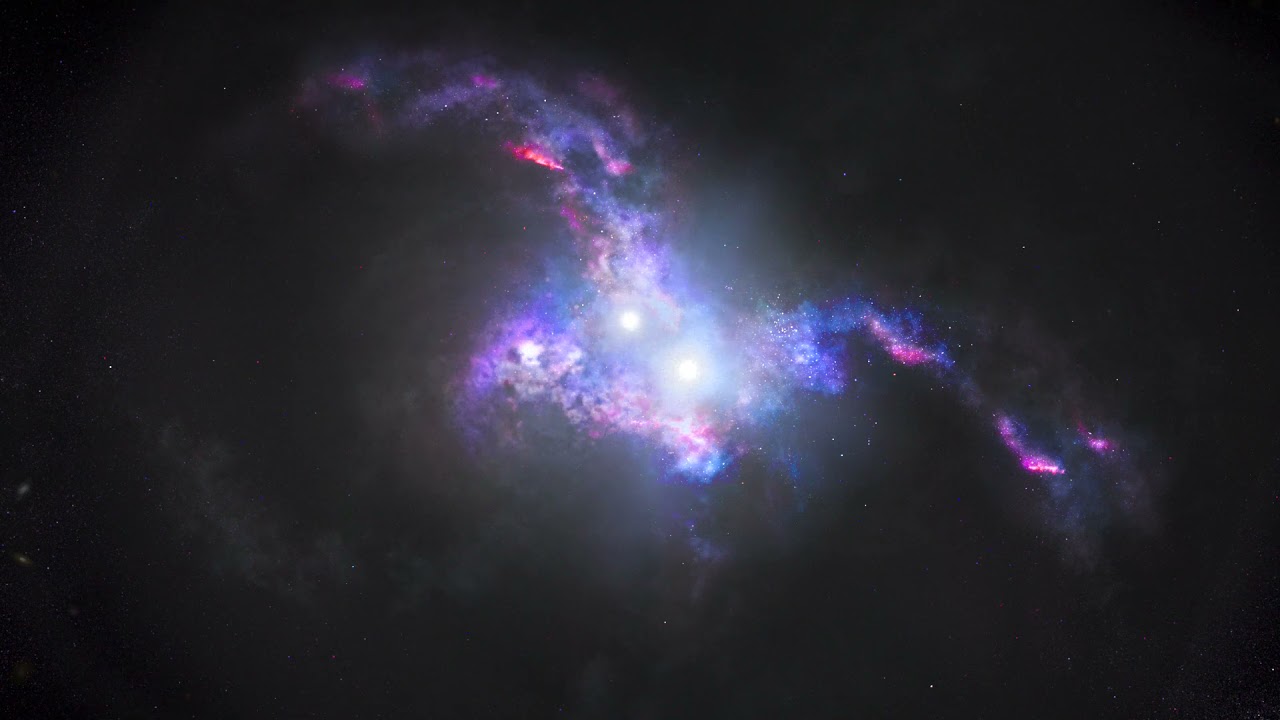Researchers from the International Centre for Radio Astronomy Research (ICRAR) may have found an answer to a decades-old question: how do galaxies change shape?
The new study, which was published on December 16 in the journal Monthly Notices of the Royal Astronomical Society, used the powerful EAGLE simulations to analyse a group of galaxies in detail, using an AI algorithm to classify galaxies based on their shape.
EAGLE, which stands for Evolution and Assembly of GaLaxies and their Environments, is a simulation that attempts to explain how galaxies form and evolve. It is one of the most massive cosmological hydrodynamical simulations ever performed, with nearly 7 billion particles used to model the physics.
ICRAR PhD candidate Mitchell Cavanagh trained the neural network-based algorithm, which can classify nearly 20,000 galaxies per minute, compressing what would normally take weeks into one hour.
“The study explains the’morphology-density relation,’ which states that clustered galaxies appear smoother and featureless than their individual counterparts. We’ve discovered that when a large number of galaxies collide, a variety of things happen “Dr Joel Pfeffer of The University of Western Australia’s ICRAR node was the lead author.
According to Dr. Pfeffer, galaxies’ spiral arms are extremely fragile, and as density increases in galaxy clusters, these galaxies begin to lose gas, causing them to ‘drop’ their spiral arms and transform into lenticular shapes. This process can take billions of years.
Another reason, he claims, is galaxy mergers, in which two or more spiral galaxies collide and merge to form one large elliptical galaxy.
“There have been numerous suggestions over the years. However, this is the first work to truly put all of the puzzle pieces together “According to Dr. Pfeffer’s statement.
ICRAR is a joint venture between Curtin University and The University of Western Australia, with support and funding from the Western Australian State Government.


















